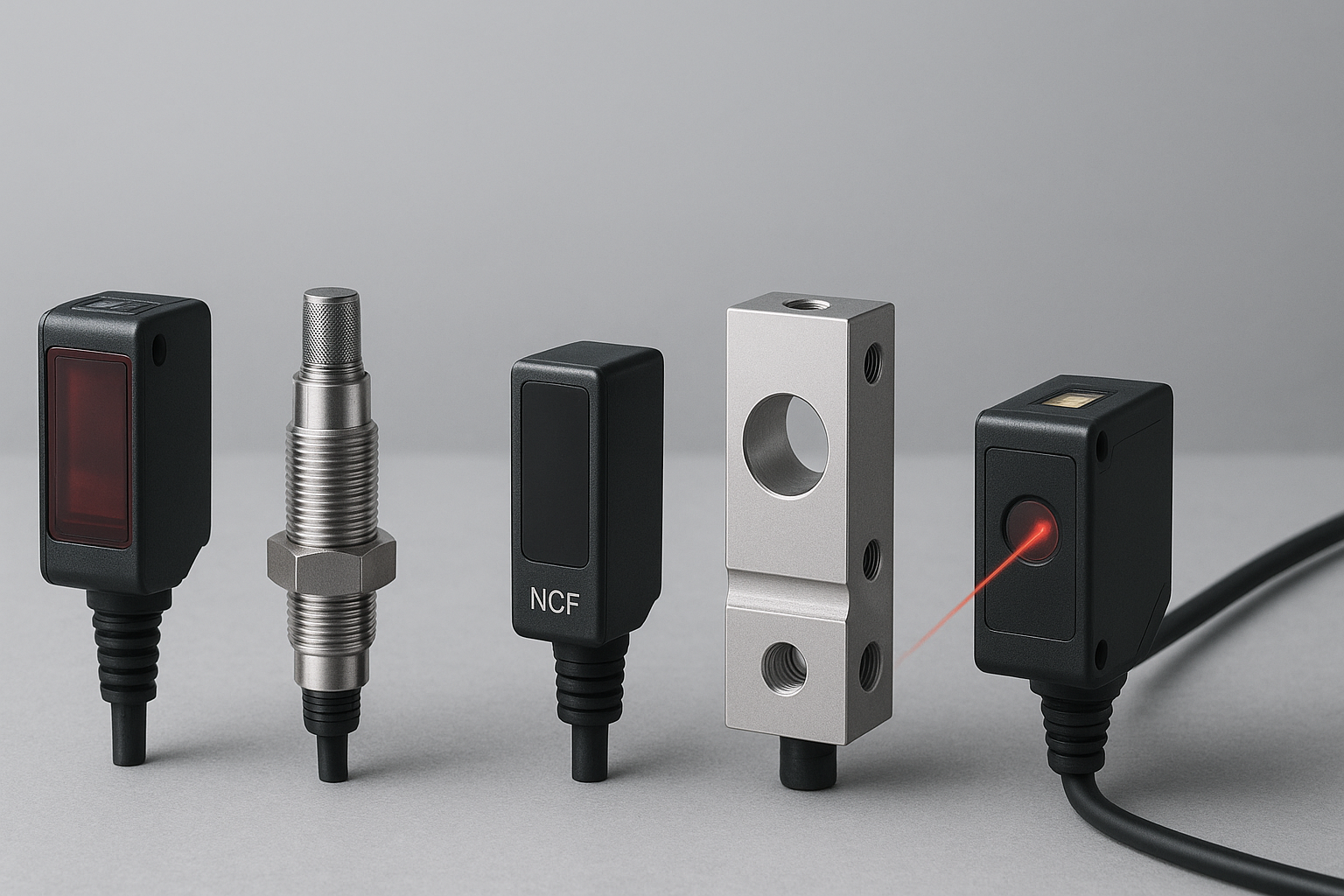Elevator Load Sensors: The Silent Guardians of Vertical Transportation Safety
Xi’an Famous Electric Co., Ltd.
Elevator Load Sensors: The Silent Guardians of Vertical Transportation Safety

Introduction
Elevator load sensors are critical safety components that monitor cabin weight in real-time, preventing overloading and optimizing performance. These precision devices have evolved from simple mechanical switches to sophisticated electronic systems, with the global market projected to exceed $XX billion by 2030, driven by urbanization and stricter safety regulations6,8.
Working Principle
Modern elevator load sensors primarily utilize three measurement technologies:
Strain Gauge Sensors (Most Common)
- Measure micro-deformations (2-10mm) in cabin support structures using bonded foil resistors
- Achieve ±1% accuracy through Wheatstone bridge circuits9,11
Hall Effect Sensors (Contactless Alternative)
- Detect magnetic field changes from cabin displacement (2.5-9.9mm typical range)
- Offer 0.25s response time and 1.5% system error in EWD-H-J5 models1,10
Piezoelectric Sensors
- Generate charge proportional to applied force for heavy-duty applications
- Used in 8T capacity industrial elevators with alloy steel construction5
Key Technical Specifications
| Parameter | Typical Value | Industry Standard |
|---|---|---|
| Measurement Range | 5kg (1T elevator) to 10,000kg | EN 81-20/50, ASME A17.1 |
| Accuracy | ±0.5%-1.5% FS | ISO 18738-1:2022 |
| Operating Temp | -20°C to 55°C | IEC 60721-3-5 |
| Output Signals | 0-10V analog, relay contacts | IEC 61131-2 |
| Protection Rating | IP65-IP68 | IEC 60529 |
Data compiled from EWD series and SUMMIT OMS-710S specifications1,4
Installation Configurations
1. Cabin-Mounted (Direct Measurement)
- Position: Under movable cabin platform
- Advantages:
- Direct weight measurement (±0.5% accuracy)
- Compact designs (e.g., EWD-H-XJ2 at 30×30×52.5mm³)
- Challenges:
- Requires cabin structural modifications3
2. Rope Hitch Plate (Indirect Measurement)
- Position: At suspension rope termination
- Advantages:
- No cabin modifications needed
- Compensates for rope weight variations
- Challenges:
- Requires position-based compensation algorithms11
Smart Features
Modern sensors integrate advanced functionalities:
- Programmable Outputs: 5-stage weight detection (empty/light/medium/heavy/overload)
- IoT Connectivity: Remote monitoring via CAN bus or RS485
- Self-Diagnostics: Automatic fault detection and calibration
- Energy Optimization: Load-based torque adjustment reduces power consumption by 15-25%4,8
Regulatory Landscape
Stringent global standards drive innovation:
- EU: EN 81-20/50 mandates real-time monitoring
- USA: ASME A17.1-2022 requires 0.5s overload detection
- China: GB 7588-2020 enforces sensor installation in buildings >6 floors
- Healthcare: Class II medical device classification in Japan6,7
Emerging Technologies
- Graphene Strain Gauges
- Enable 0.5% accuracy at -40°C for Arctic installations
- MEMS Sensors
- Reduce calibration cycles by 30% (validated in Burj Khalifa)
- Wireless Sensor Networks
- Eliminate cabling through DTMF transmission10
Maintenance Best Practices
- Calibration: Biannual verification using certified weights
- Environmental Protection: Seal integrity checks in humid environments
- Signal Integrity: Shielded cable inspections (min. 22AWG recommended)
- Predictive Maintenance: Analyze load trends for component wear11
Conclusion
As elevator technology advances toward AI-driven smart systems, load sensors are evolving into multifunctional IoT nodes. With 74% of new EU installations now incorporating networked sensors, these devices will play an increasingly vital role in vertical transportation safety and efficiency7,8.